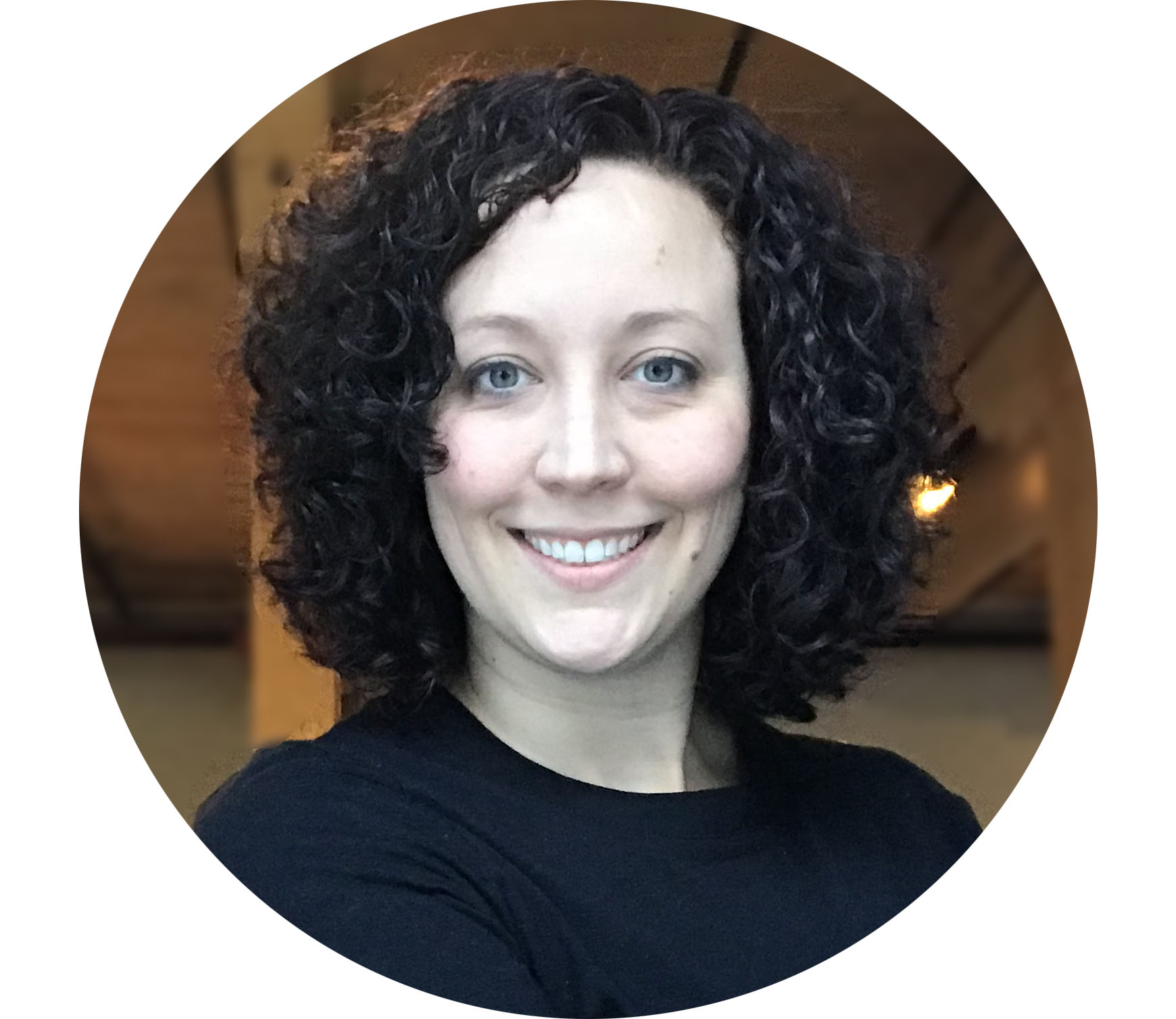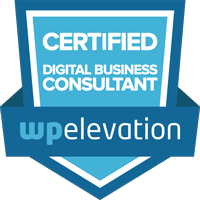Creating a Lasting Impression for Lifetime Loyalty: Enhancing the customer experience with your brand
The experiences your customers and stakeholders have can make or break the success of your company. This article outlines the touch points to pay attention to in the lifecycle of customer engagement with your business in order to create a lasting impression and a loyal base of supporters.

90% of your business comes from referrals.
Whether you are a solopreneur, small business, or nonprofit it is likely that 90% of your business or donations come from word-of-mouth. Even in the age of social media, individuals make choices based on what their friends, family and colleagues are doing. We could even argue that social media has made word-of-mouth more important for your business. Now faced with too many choices, your customers are engaging with their peers to make purchase and giving choices. Think about the last time you bought something, did you do research from loyal sources or ask a friend?
You don’t get referrals from ‘set it and forget it’.
Referrals come from your loyal customers, but they don’t come if you don't ask. There’s a small chance someone will refer a friend to you without the direct ask, but it's up to you to increase those chances. Think about each of your customer’s day-to-day experiences. They are bombarded by ads and options and discussions with friends on social media. You have to cut through that noise and be heard.
Increase the chance your ask will turn into a referral by creating memorable experiences. Provide an experience that offers the ‘and then some’ to keep your customers talking about your business.
Creating those amazing experiences, starts with thinking about every single opportunity to offer customers an enhanced experience throughout their engagement with you and beyond.
If creating customer loyalty starts with an amazing experience, how do you create it? Let’s use the home buying or renting process as an example. We have all had this experience, so we can see the different ways it could have been easier and a lot more memorable, in a good way.
The process of finding a new home goes as follows:
- You are sitting in your current dwelling dreaming about a different setting. Maybe for you that means more space for your family. Maybe you want a different neighborhood or to move out to the country. Maybe you are looking to move to a new city and are dreaming about what your new space might look like. No matter the reason, you are now just thinking about what your next home could look like.
- You hop online and search for homes in the area you want to be. You start looking at everything. You explore all your possibilities and start to think about whether or not you actually want to move or where you actually want to move to.
- This is the moment you decide you are moving. Maybe you found your dream home and want to see it. Or maybe you are relocating for a job and it’s time to get serious about finding a place. This is the moment you as the homebuyer or renter reach out to a real estate agent to help you find what you need. Or you start actually going to places to look, without an agent.
- You’ve found the place of your dreams. Now you think about financing it. Maybe you already know how much you can afford and talk to a mortgage officer, this would be the time you connect with them to see if you can actually make it work. If you are leasing this is the time you engaging in the leasing process to see if you can secure the place you are yearning for.
- You’ve got your next home secured! Now it’s time to move. All you are thinking about is moving all your belongings over and settling in; and surprisingly you actually survive it and can now being to settle in and enjoy your new home.
- You’ve been in your new home a while and are feeling settled into your new space and routine. You forget you ever needed a realtor and the stress of moving.
Now, if you are a real estate agent, you should be thinking:
“Everyone goes through this process. How can I stand out? How can I be there for them every step of the way? How can I offer such a great experience that they don’t forget about me once they are settled in?”
This is where strong branding and understanding your customer lifecycle becomes so important. Each and everyone of our businesses has a set of client’s that go through a process of their own, during which at one point they engage with our business.
Make the point at which they engage with your business memorable.
Here are some ways you can do that:
- Ensure the tools you use throughout your lifecycle fully represent your brand. The tools you use should remind your customers why they choose you at every step throughout the way.
- Create fun moments with extras whenever you can. You can do this without spending too much and paying attention to every detail. Examples include: fun wrapping of products, extra calls to celebrate special days, and closing gifts for clients.
- Keep the experience going after your clients leave. Gather client emails and send them regular notes and resources, call clients to check up on them or wish them a happy birthday, send hand written thank you notes, have client events and invite all your clients past and present. Do want you can to stay at the top of mind with all your customers regularly.
What tools do you need to create the experience?
Creating an unforgettable experience is all about intention and it is important to understand all the moments at which you can add a little extra boost and brand throughout your customer lifecycle.

Here are some ideas for how to get started understanding your customer lifecycle:
- Map out the entire sequence of touch points a customer could have with your business.
- Connect with your customers. Ask them about their experiences. Ask them about what they would change and what they really loved about your business.
- Listen to your customers. You built your business for them and now you have the information you need to make it better for them. Adapt and implement.
- Embed your brand and voice throughout the lifecycle. Add your special touches with brand sales tools and extra experiences.
- Build websites that track interaction and create conversions. Keep your customers coming back to your website and keep them there with extra products or resources to explore.
- Create branded tools to keep in touch. Get emails. Send thank you notes. Have a party. Send small trinket gifts. Anything that has your brand on it and will help your customers remember you, even if just for a moment.
- Build in an ask with every touchpoint. Throughout the process, no matter what the tool is, whether online or in-person always have an ask for a referral. This could be something as little as a “Share with a friend.” button to an actual ask about referring business. Don’t miss any opportunity to ask, even if it’s subtle.
Now it’s your turn.
Get over to your whiteboard or notepad and start writing out the customer process. Answer the following questions:
- How do customers find you?]
- How do you convert leads to customers?
- What process do customers go through once they are engaged with you?
- How are you connecting with customers after they leave?
 If you’d like to see an example of how this works, download this Client Lifecycle built for real estate agents. It’s built for real estate, but you can borrow it for your profession, a lot of the same principles apply to anyone selling or lead generating for their company or nonprofit organization.
If you’d like to see an example of how this works, download this Client Lifecycle built for real estate agents. It’s built for real estate, but you can borrow it for your profession, a lot of the same principles apply to anyone selling or lead generating for their company or nonprofit organization.
If you would like some more personal help building out your lifecycle and understanding where you can infuse some memorable experiences and your brand, we offer free 45 minute consultations. Connect with Tera now to get a meeting set up.



